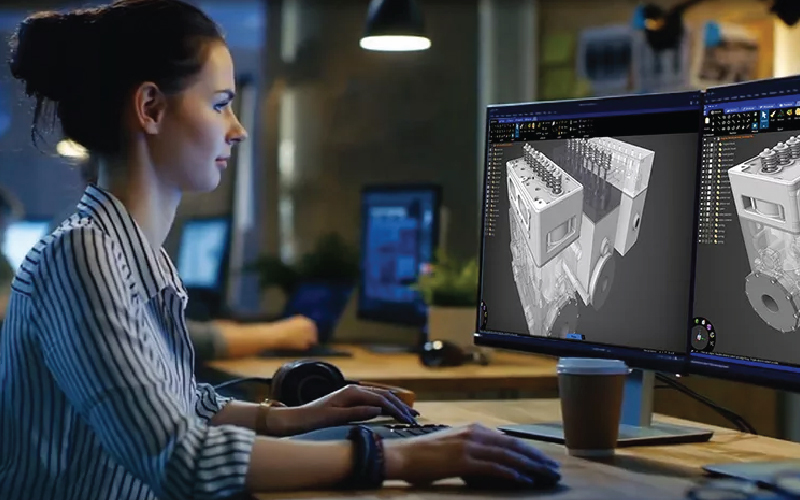
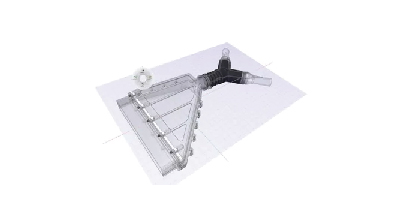
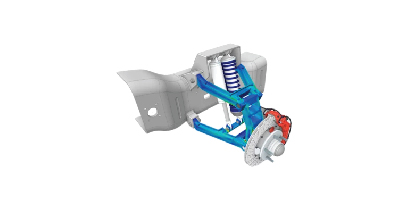
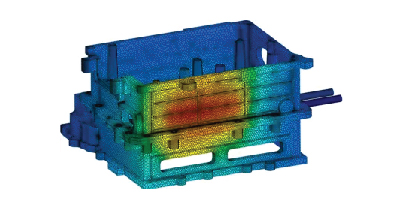

Geometric Dimensioning and Tolerancing (GD&T) and stack-up analysis are vital in engineering design services for ensuring proper function and assembly of mechanical systems. GD&T, a symbolic language, communicates design specifications precisely, ensuring interchangeability and functionality. Stack-up analysis predicts cumulative dimensional variation, considering component tolerances and assembly processes. Both practices promote clear communication among designers, manufacturers, and quality control, ensuring parts meet specifications reliably.
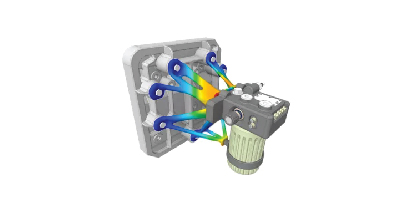
Converting 2D drawings or sketches into 3D models is crucial in engineering and design services for visualizing concepts, prototyping, and manufacturing. This process involves transforming flat representations into fully dimensional digital models. The steps include choosing modeling software, importing or tracing, using techniques like extrusion and lofting, detailing with filleting, applying parametric modeling, and then adding dimensions, annotations, GD&T, surface finishes, assembly considerations, and finally, reviewing and documenting the 3D model.

Design modifications in design services are changes made to an existing product, system, or structure to enhance its performance, functionality, efficiency, or aesthetics. These changes can be driven by factors like evolving requirements, technological advancements, customer feedback, or the need to address issues found during testing or use. A structured approach to handling design modifications involves identifying the need, defining objectives, evaluating alternatives, conceptualizing and designing the changes, conducting analysis and testing, implementing the modifications, validating and verifying them, and finally, documenting and communicating the changes.
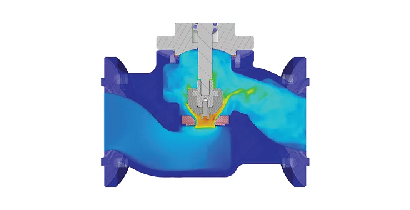
Creating prototype drawings is a pivotal step in product development, guiding the fabrication of physical prototypes. A structured approach involves defining scope and objectives, gathering design information, determining prototype components, creating assembly and part drawings, adding annotations, reviewing and revising, finalizing documentation, and distributing it for communication.










